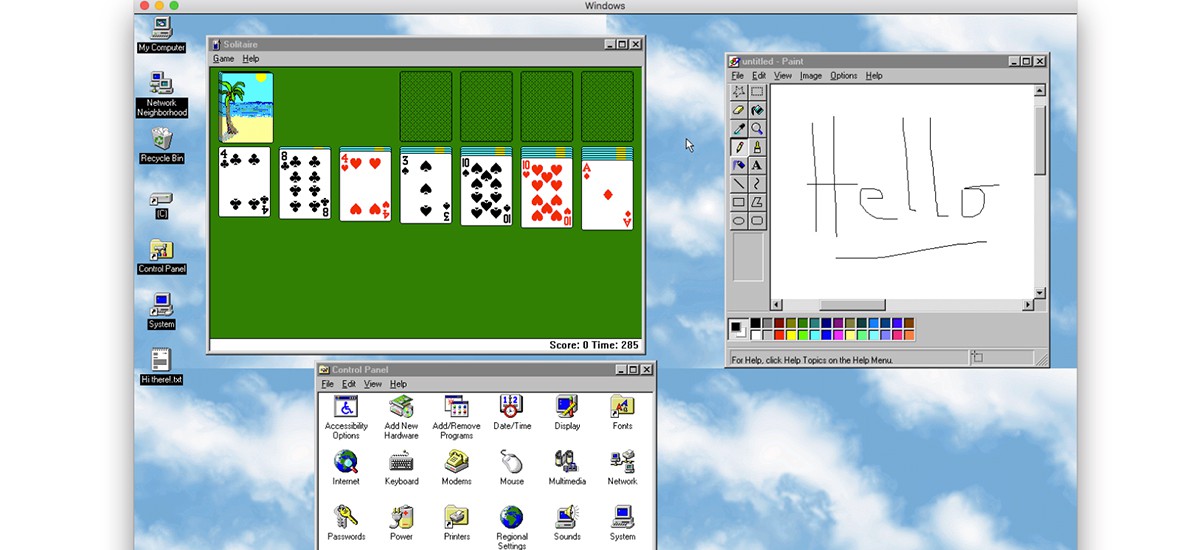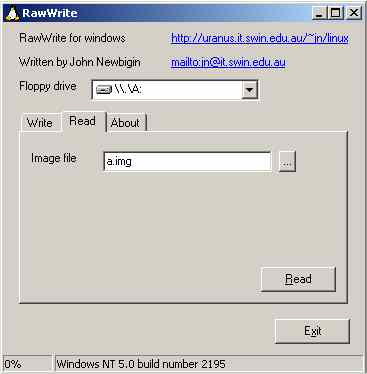
It succeeded the File Manager application which was used in previous versions of Windows to open files and browsing through them. Windows Explorer was introduced as the default method of browsing and opening files in Windows 95. The start menu succeeded the Program Manager which was the way of opening applications before the start menu was introduced and it inherited the hierarchy of applications as was in the Program manager. It was provided as a shortcut to open documents and programs both and was an alternative way of opening programs at the time. The taskbar also contained the new Start button and when the start button was clicked, it displayed the start menu which contained the list of installed applications on the Windows 95 operating system.

Then taskbar also served as a notification panel by displaying notifications in the notification area on the bottom right of the screen. This made navigating to other applications easier as users would not have to go through the desktop.

Whereas in Windows 95, the taskbar was introduced which contained the icons for currently running applications. The difference between the desktop in Windows 3.1 and the Windows 95 desktop is that in Windows 3.1 which was the predecessor of Windows 95, the desktop displayed the icons of the applications that were currently running on the system.

The desktop was used in every Windows GUI operating system since then and it is being used today in modern Windows operating systems like Windows 8 and Windows 10. This desktop shell contained files, shortcuts to utilities and other apps as well as folders which can contain files and other folders inside them. The newer shell was made around the metaphor of the top of a desk where the user works. Windows 95 had a completely new design for its shell which was based on the Windows 3.1 desktop.


 0 kommentar(er)
0 kommentar(er)
